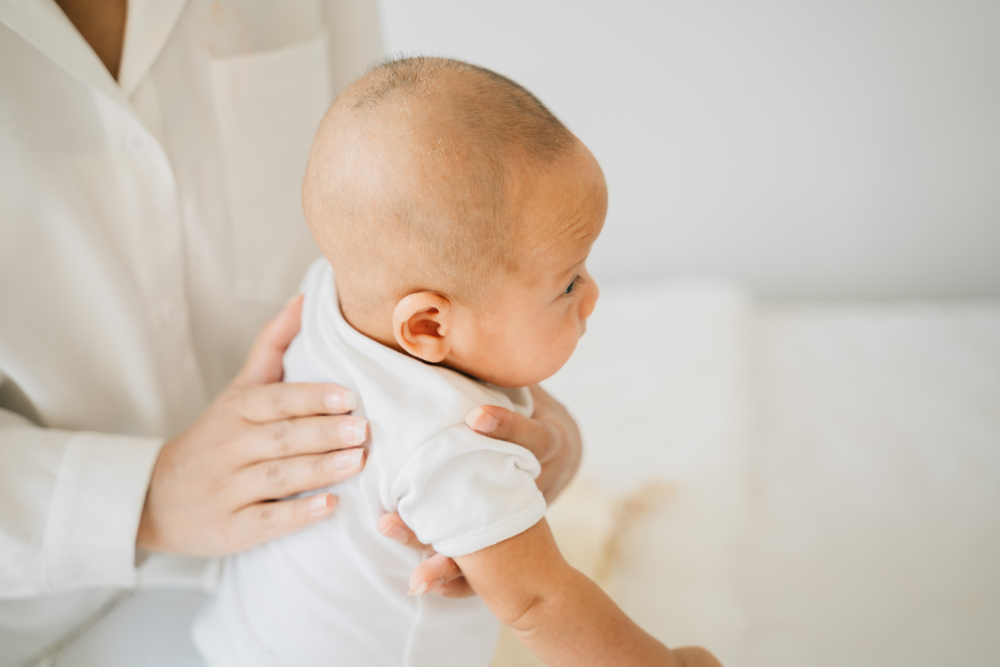Burping your baby is a great way to help eliminate excess air that they swallow during feeding. This will prevent them from spitting up or becoming gassy and will benefit both you and your baby. There are several techniques that will help you burp your baby. These include techniques to make the burping experience pleasant for you and your baby.
Burping helps get rid of air that babies tend to swallow
Burping can be a wonderful way to help your baby eliminate excess air during feedings. Babies spit up after feedings and burping will relieve them of this extra air and help them to relieve themselves faster. The technique for burping will vary depending on the age of your baby. Holding your baby against your shoulder with one hand and gently applying pressure will help to release the air.
While breastfed babies are less likely to have issues with swallowing air, a bottle-fed baby should still be burped regularly to help with milk flow. Ideally, burping should occur after every two to three ounces of formula or breast milk. The upright position is also recommended, since it helps your baby to regulate their breathing rhythm better.
Burping is a simple action that is essential for your baby. It helps get rid of trapped air in their stomach, which is what makes them fussy and cranky. Burping also helps your baby avoid spitting up and getting gassy.
Techniques
Burping your baby can be a challenge. Thankfully, there are techniques that can help you make the process a little less uncomfortable. Holding your baby in an upright position, tilting his or her head to one side, and tapping him or her on the back are some effective methods.
Burping your baby should be a gentle process that takes a minute or so. The goal is to relieve discomfort while avoiding putting too much pressure on your baby’s throat and rushing the process. Apply a gentle pat on the back to help relieve discomfort and allow your baby to release more gas. Alternatively, you can place a flat receiving blanket or cloth diaper on your baby’s back to encourage more burping.
Burping helps relieve your baby of gas and air that it has swallowed while feeding. This helps to keep your baby from spitting up or being cranky during feeding. Try to burp your baby after every feeding. You may also need to burp your baby if he is pulling away from your breasts, or is becoming stiff.
Positions
When your baby needs to burp, there are several positions to try. One of the most common is a shoulder burp. In this position, you hold your baby’s head and shoulders with one arm and hold one leg underneath the other. If your baby needs a more gentle burp, you can use your hand to rub his or her back.
Another position for burping is over your shoulder. This is the best position because it supports the head, neck, and back of the baby. Your baby’s head will move around when burping, but it should not hurt. Alternatively, you can place a soft cloth under the baby’s chin. As you pat the back of your baby, it will support the head.
This position is similar to the upright position but allows you to reach your baby’s back without straining. To burp a baby while sitting up, rub or tap the back of the baby with your shoulder. The burping process should take a minute or two, although most babies burp within a minute or two. If this method does not work, try bringing your baby up higher to your shoulder.
Common food reactions
When you’re breastfeeding, you may experience common food reactions when burping your baby. In some cases, this is because your baby is intolerant to certain foods. The most common cause is dairy intolerance. Dairy products contain milk and other products that can cause your baby to produce more gas than usual.
Burping your baby is essential to help keep the air out of your child’s stomach. While burping may seem like a tedious task, it’s actually beneficial for your child’s health and comfort. When your baby doesn’t burp often enough, he or she can develop gas and become fussy. A good rule of thumb for breastfed babies is to burp every two to three ounces, or every few hours. If your baby is bottle-fed, burp frequently as well, at least every three to four hours.
A good burping technique involves placing the heel of your hand against the baby’s tummy. Then, place your baby over your knee or chest and use your hands to support him or her. You can also tap his or her back lightly to exert pressure on the tummy and push out the gas.

